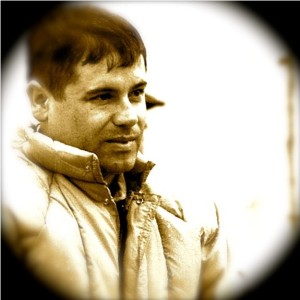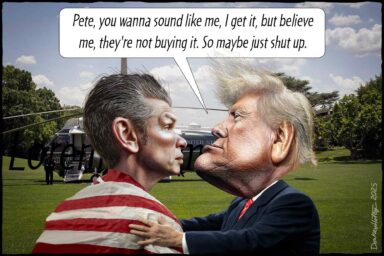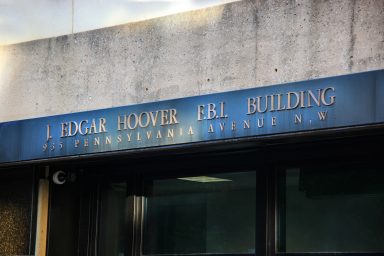The capture of a powerful drug kingpin raises more questions than it answers.

At least on the surface, the U.S. and Mexico scored a major PR victory Saturday with the arrest of the most powerful drug kingpin in the world, Joaquin “El Chapo” Guzmán Loera. The long-time boss of Mexico’s notorious Sinaloa cartel, the biggest supplier of illegal drugs to the United States, is now in custody. The question is, why now?
After all, the U.S. Drug Enforcement Administration has had El Chapo in its sights almost nonstop. They knew his whereabouts on any given day since at least mid-2010, as WhoWhatWhy previously reported.
More curious is evidence that, for years, the DEA has been in direct contact with Sinaloa leadership through an intermediary, choosing not to arrest the kingpin in exchange for intelligence on rival cartels.
Both the U.S. and Mexico have at times been accused of strategically favoring Chapo’s Sinaloa over other cartels, such as the paramilitary “Los Zetas”—a charge both countries deny.
The arrest of a top Sinaloa leader two years ago added fuel to the fire. Jesus Vicente Zambada-Niebla, Chapo’s logistics coordinator, is facing federal drug charges in Chicago and alleges that, as part of a “divide and conquer” strategy against the cartels, the United States helped arm the cartel through Operation Fast and Furious. That operation, run out of Arizona by the Bureau of Alcohol, Tobacco and Firearms (ATF), allowed more than two thousand AK-47 style rifles and even a few 50-caliber guns to slip across the border and right into Sinaloa territory.
The official picture of the drug war has always been a clean one, depicting the authorities and the cartels as separate foes. But Zambada-Niebla’s claims paint a picture of a more tangled relationship. Nevertheless, if the U.S., in effect, protected Guzmán just as police treat informants, things have clearly changed.
Did Chapo finally become a liability for the authorities? Was it time for this chess piece to be removed from the board?
The mainstream media have created an image of Chapo as elusive, a “narcoterrorist” the U.S. security apparatus doesn’t much understand. “So hidden was he that there was uncertainty what he looked like, but American officials believe they have the right man,” the New York Times initially reported, before scrubbing that sentence in follow-up stories.
Even this weekend, The Associated Press, which broke the story of Chapo’s arrest, tweeted (in Spanish) that El Chapo is “the Osama bin Laden of Mexico.” That tweet, too, was deleted, though the AP’s bin Laden association stays afloat elsewhere.
But Chapo’s image as “elusive” appears inconsistent with the facts, and suggests that “perception management” may be at work, as authorities spin reports with the image of Chapo they want to create.
Regardless of what happens next—and why he was arrested now—the underbelly of U.S. efforts in the so-called “drug war” is growing more exposed.
There are still many questions, but one thing is clear: stopping El Chapo won’t significantly slow down the flow of illegal narcotics across the border.
Keep a critical eye on the narco coverage in the coming days.
[box] WhoWhatWhy plans to continue doing this kind of groundbreaking original reporting. You can count on us. Can we count on you? What we do is only possible with your support.
Please click here to donate; it’s tax deductible. And it packs a punch.[/box]


